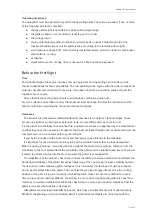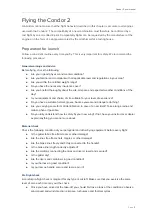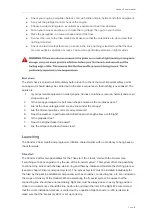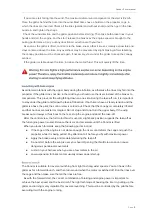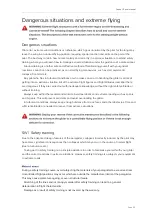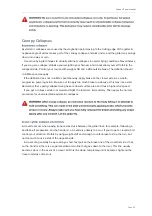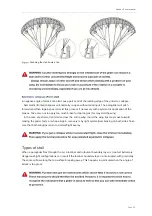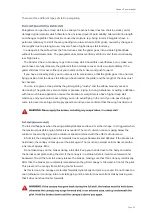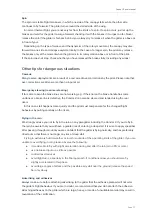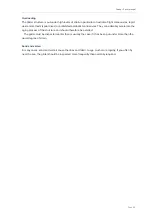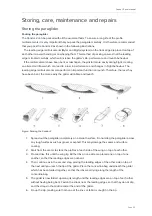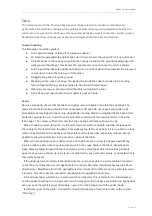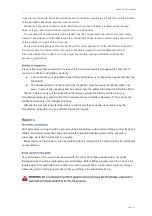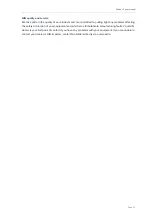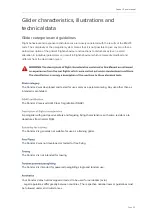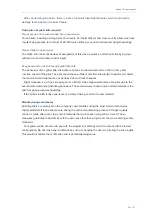
Condor 2 user manual
_____________________________________________________________________________________________________________________________________
●
Take a closer look at the landing/air
fi
eld before you take-off
●
Before landing, check the wind direction and speed
●
Train landing
fl
ights as often as possible to become familiar with the Condor 2
●
Landing without engine power requires less space
●
In the case of strong headwinds, apply the brake gently. After landing, turn in the direction of
the glider if there is a danger of being pulled backward from the glider and falling
●
Steep turns and rapid changes of direction must be avoided before landing due to the
oscillating movements associated with them.
Landing with standing propeller reduces the chances of damaging the propeller on landing, but on
the other hand there is only one possible attempt - so the landing must be done correctly!
For a landing with a standing propeller, turn off the engine at a height of 30 to 50 meters. The lack
of motor thrust reduces the angle of attack of the Condor 2 and the glider speed picks up noticeably.
The sink rate also increases, so that the landing approach starts very quickly and with increased sink
rate. Towards the lower end of the brake range, the Condor 2 then starts to retain the energy and the
fl
are comes clearly.
If you are attempting precision landings or landing in nil wind, it is recommended to use the
trimmers to half or completely closed (maximum lift). Your performance in sink rate will be better. This
choice is even more crucial at a high wing loading.
Make a
fl
at approach with the engine idling, then stabilize and lose speed before the
fi
nal approach.
Immediately after touchdown, switch off the engine. The main advantage of this procedure is the
possibility to abort the landing and repeat the approach in case of bad judgment. However, if you
forget to turn off the engine before the wing de
fl
ates, there is a considerable risk of damaging your
propeller, catching lines, or even injuring yourself by falling with your gear on.
Additional information for motorized
fl
ying
The following points should be noted when
fl
ying with the Condor 2 as paramotor:
●
Never place the engine downwind of your sail, to avoid trouble due to possible gusts
●
Check the gaskets of all fuel pipes for leakage
●
Check whether you are carrying enough fuel for the planned
fl
ight
●
Inspect equipment and harness for loose parts that might fall into the propeller
●
Before each
fl
ight, carefully follow the individual points of the pre-
fl
ight check
●
Immediately after landing, turn off the engine to avoid damage to the leash and propeller.
●
Avoid
fl
ights over water and power lines, do not
fl
y between trees and generally avoid areas
where a motor failure does not offer a landing option
●
If you recognize a change of the engine noise or increased vibration, you should land
immediately to
fi
x the problem
●
Keep in mind that engines interfere with noise. Therefore avoid low altitudes over towns
Page 22
Summary of Contents for Condor2
Page 1: ...v1 0 March 2022...
Page 48: ...www gingliders com...



